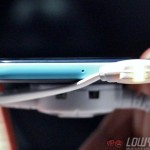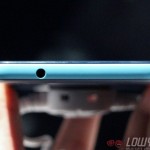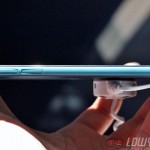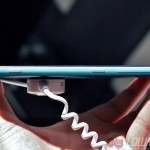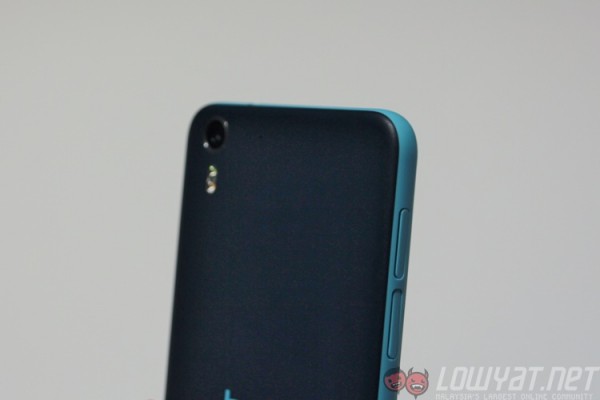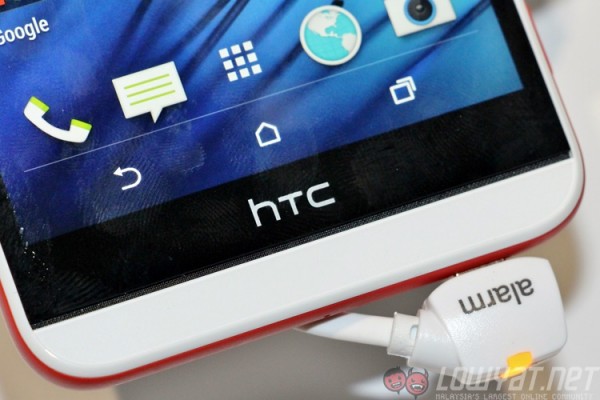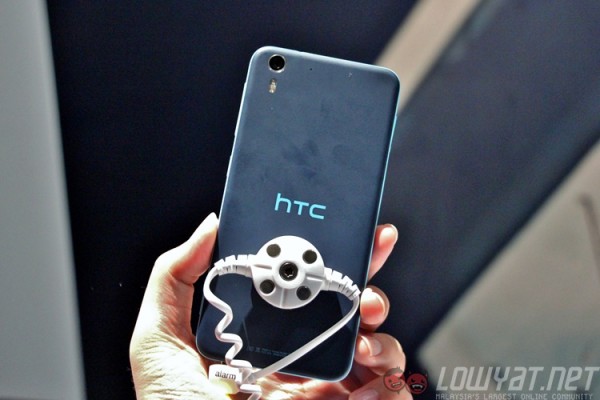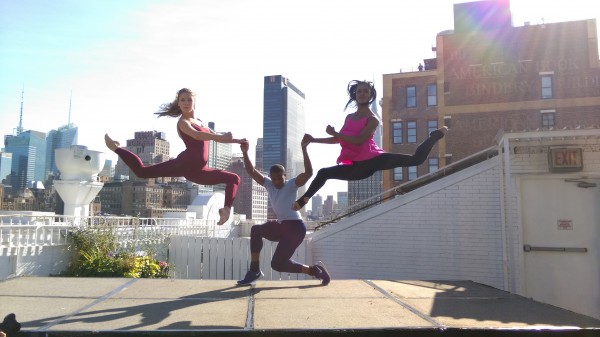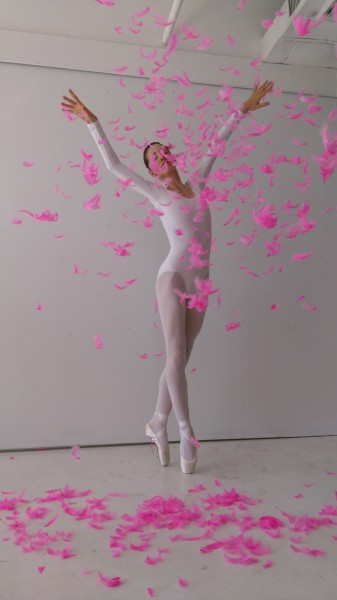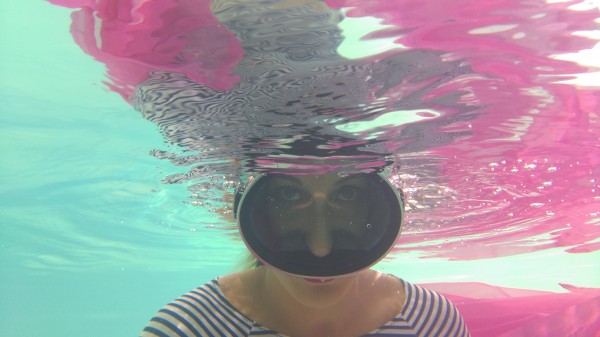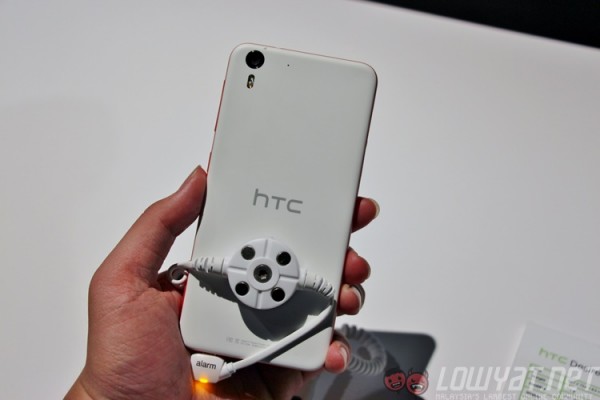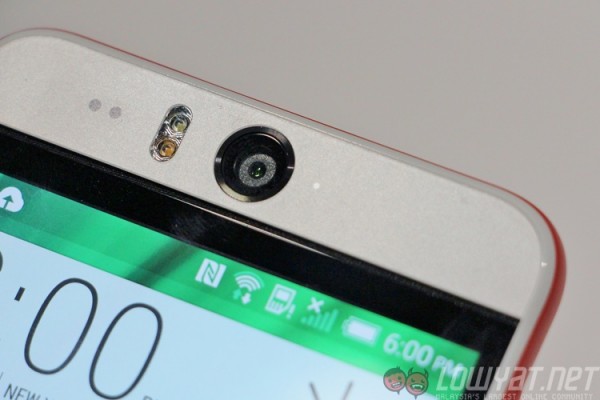
This is not a selfie phone, a senior member from HTC’s design team tells me. Yet even this exec concedes that the selfie has become a culture that has prevailed across the world – and the Desire EYE is designed primarily to capitalise on that. With a 13MP front-facing camera, what else would this be?
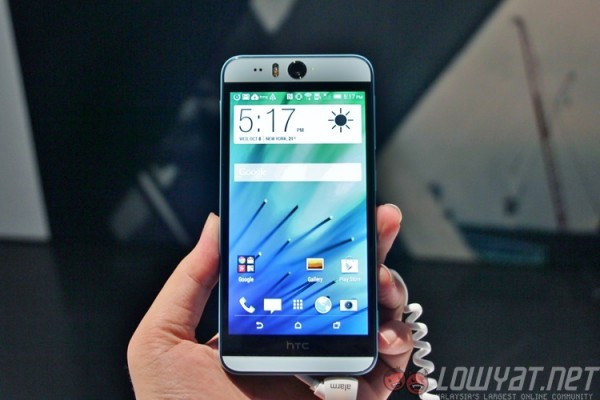
The HTC Desire EYE looks and feels very similar to another recently-announced HTC smartphone, the Desire 820 – but HTC made key design changes that actually make the EYE look rather attractive. Gone is the glossy back in favour of a matte surface. HTC also adds a rubberised finish on the EYE’s sides for extra grip, and introduced a camera shutter button. Despite the two-colour finish, the EYE’s chassis is actually a unibody, made with a double-shot manufacturing process that moulds two plastic plates into one.
But of course, that won’t be the first thing that you’ll notice when you see the Desire EYE from the front. Instead of little holes for the earpiece, the centre portion of the top of the phone is home to a massive 13MP camera sensor. To the left of that is a dual-tone LED flash. The earpiece actually looks like it is hidden away in the upper portion of the BoomSound speakers – which in itself are pretty well hidden. These speakers are expertly disguised as part of the upper and lower screen bezel, which require a closer look before you notice the grille.
Let’s also not forget that the Desire EYE is rated IP67 for dust and water resistance – and like the Butterfly 2 smartphone, there are no flaps to cover the audio jack and the microUSB port. All these make the Desire EYE a pretty well-equipped device for some creative underwater camera use, which is made possible with the dedicated physical shutter button.
On land, the camera seems to be very capable as well – both front and rear sensors. The rear f/2.0 sensor is remarkably fast in capturing moving objects, while the burst mode automatically enables Best Shot, which selects the best image from maximum of 20 stills. That being said, camera output on both the front and rear 13MP cameras didn’t go beyond “good enough”.
With the new EYE Experience suite, there’s a lot to experiment with on the Desire EYE camera. A swipe down from the top of the camera UI (in landscape mode) switches between the rear camera, front camera, and modes such as Crop Me In, Split Capture and Photo Booth. We were invited on a day out with the Desire EYE to test out its camera, and here are some samples.
Beyond the camera prowess, the Desire EYE more than holds its own as a proper smartphone. There’s a Qualcomm Snapdragon 801 chipset in there with 2GB of RAM, while the microSD card slot (which supports up to 128GB cards) realistically ensures you never run out of space for your photos.
Given that the Desire series have always been propositioned as mid-range offerings, the Desire EYE is a very intriguing device, especially with regards to how HTC prices it. In the US, it has begun retailing at $550 (about RM1830), which makes it a pretty pricey mid-range device. Both the Desire EYE and the RE camera have been earmarked as lifestyle-centric devices, which seem to fit perfectly with both devices’ unique features and design. If HTC prices the Desire EYE well in this side of the world, just as it did with the One E8 (RRP: RM1699), this could very well be an interesting option for those looking for an exceptionally good selfie phone.
Follow us on Instagram, Facebook, Twitter or Telegram for more updates and breaking news.



